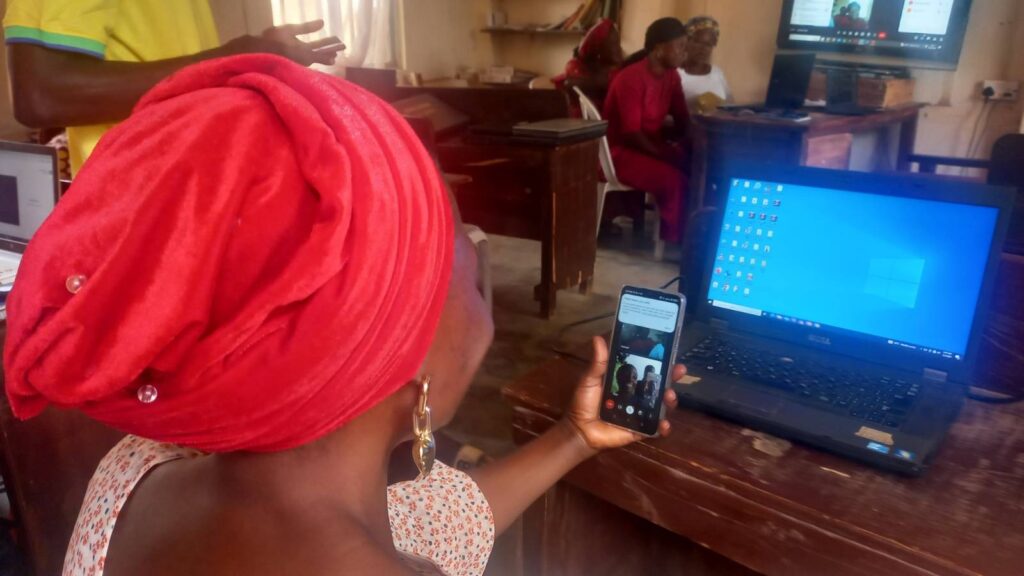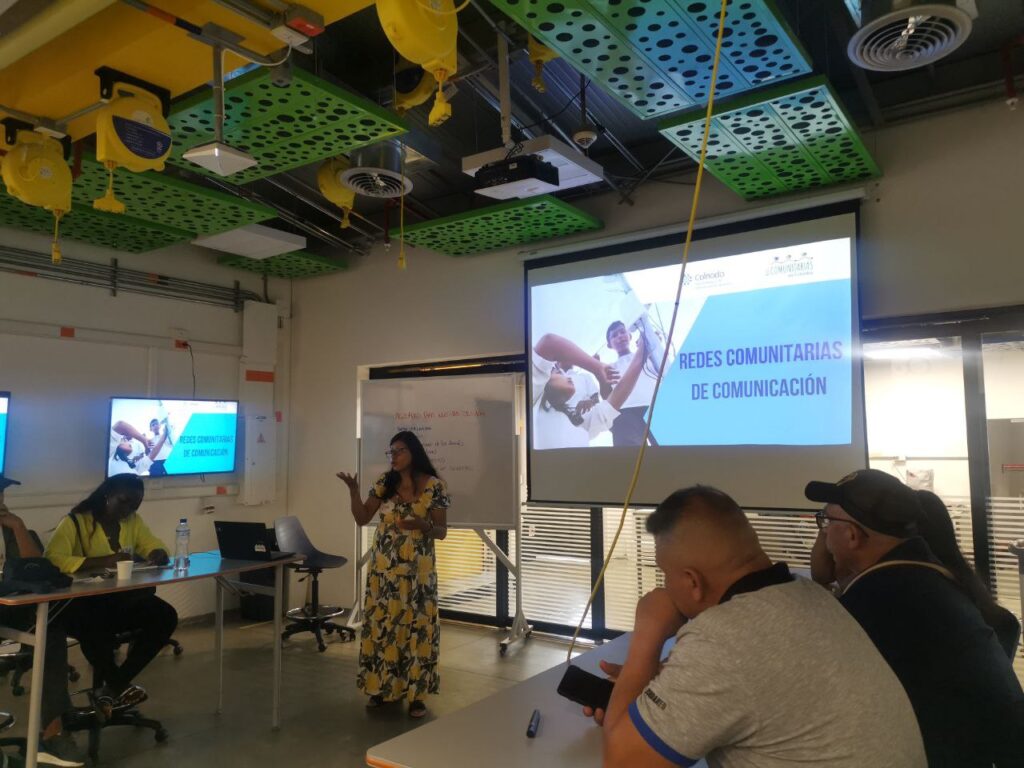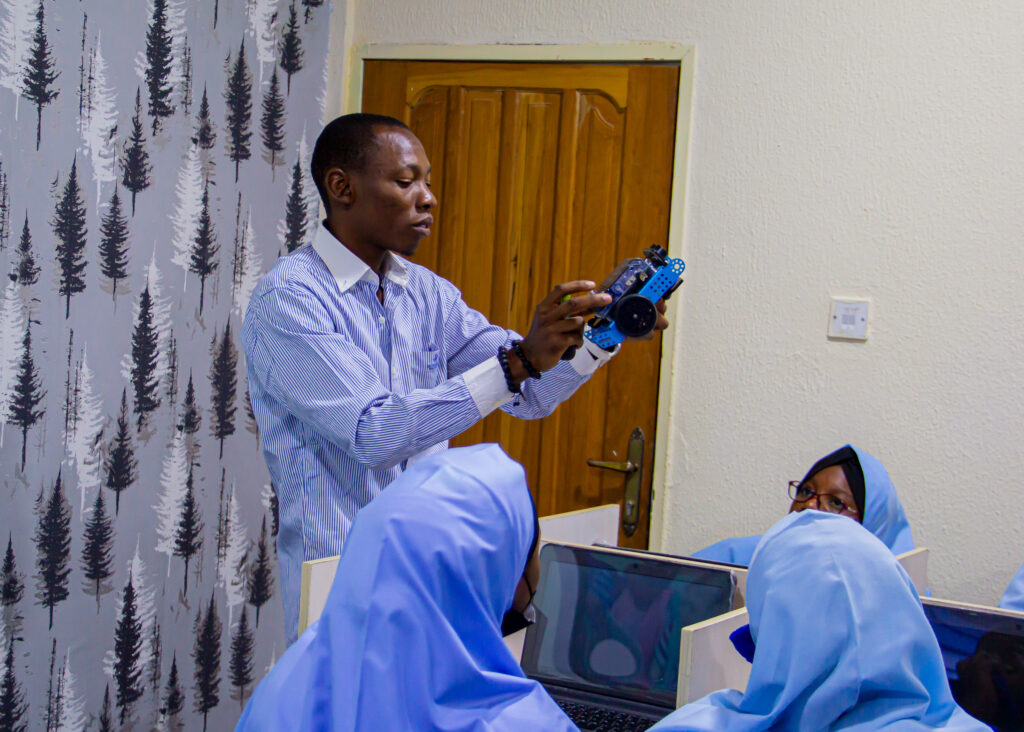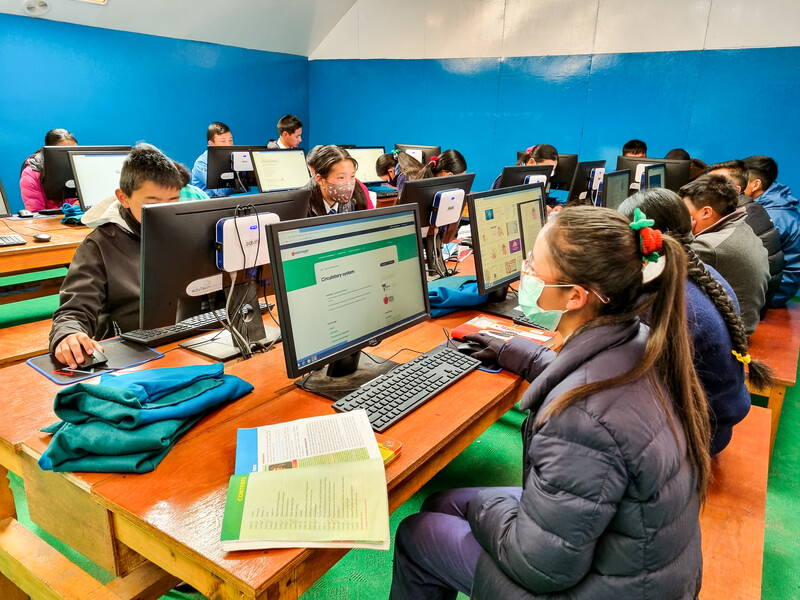Digital gender divide – what is that?
What is the digital gender divide, and what are the benefits of digital gender inclusion? This blog tries to give an answer.


In 2023, I spent 5 months doing research on the digital gender divide. I wanted to understand why there is a gender disparity when it comes to internet accessibilities and knowledge. While the digital gender divide is a significant issue when it comes to equitable access to the internet for everyone, it is important to keep in mind that it isn’t the only societal obstacle people face. It is one of the many barriers that exists, but is nevertheless just as important to highlight as any of the others. This blog gives an insight into part of the research.
A closer look at the global digital gender divide
On June 30, 2022, Internet World Stats estimated that approximately 32,1% of the world’s population will not have access to the internet in 2023. Of the other 67,9%, access to the internet and the required hardware varies greatly. The above numbers suggest that about one third of the global population are digitally excluded, unable to participate in the digital era in which we now live. Even more alarming is the amount of female digital exclusion observed worldwide. Alliance for Affordable Internet reports that “around 234 million fewer women in low- and middle-income countries use the mobile internet than men”. The issue of unequal access to connectivity has gotten more attention as technology has evolved, while the disadvantages of being unconnected have become more visible due to the opportunities offered by the internet.
The purpose of this blog is to bring the issue of unequal access to the internet between men and women to light. It’s an issue that may not be considered when building and expanding network infrastructure, or when formulating policies to bridge the digital divide, as these may be more directed towards economic aspects. The digital gender divide is of utmost importance because it highlights disparities in internet access that extend beyond mere connectivity. Men and women may not perceive the internet the same way or have different struggles when accessing it. Acknowledging these differences is crucial for creating inclusive digital spaces and ensuring that initiatives aimed at narrowing the digital divide address the unique challenges faced by individuals of both men and women.

Defining the digital gender divide
The term ‘digital gender divide,’ as defined by the World Wide Web Foundation, addresses the unique barriers women face in fully accessing and benefiting from the internet. This complex issue encompasses challenges related to hardware, digital devices, internet access, digital literacy and education gaps, participation in the digital economy, affordability issues exacerbated by income inequality, and experiences of online harassment and violations of digital rights..
Additionally, the lack of female representation in the technology workforce is highlighted, emphasizing that the internet, software, and hardware are often not designed with women’s needs in mind.
This global phenomenon specifically refers to the unequal access, representation, and utilization of digital technologies between men and women. While impacting women and girls worldwide, the digital gender divide is particularly pronounced in low-income countries.
Why is the digital gender divide an issue?
The digital gender divide is an issue because it has significant implications for gender equality and development. The digital revolution has increased the inequalities between men and women because men generally have more access to and more knowledge of the internet. It is a fact that there are persisting gender inequalities in a lot, if not most societies around the world. Women having unequal access to the digital world likely reinforces these inequalities, which leads to a consistent cycle of exclusion and marginalization. Women who lack access to digital technologies may be excluded from critical information and services, such as healthcare and banking.
Additionally, having digital access and knowledge increases social and economic mobility. Women who don’t have access to these will lack opportunities, particularly when entering the labor market. Many jobs require digital skills. Addressing the digital gender divide is thus essential for achieving overall gender equality, as well as empowering women and girls to fully participate not only in the digital world, but in the digital age and society overall.

United Nations’ focus on women’s inclusion in the digital landscape
The UN target 5.B reads as follows: “Enhance the use of enabling technology, in particular information and communications technology, to promote the empowerment of women”. To achieve the overall goal of universal access to information and communication technologies, the digital gender divide must be addressed. This particular target aims to address the digital gender divide and ensure that women and girls have equal access to technology and its benefits. The target seeks to promote women’s empowerment through the use of technology, including the Internet and mobile phones, to enhance women’s access to information and communication, increase their participation in decision-making, and support their economic and social development.
The United Nations designated the theme for International Women’s Day 2023 as “Digit-ALL: Innovation and technology for gender equality”. By directing their campaign towards the exclusion of women from the digital realm, the UN has drawn attention to the persistent issue of the digital gender gap, raising awareness on an international scale. In their elaboration of the theme, they highlight the primary challenges faced by women who have access to the internet, including being underrepresented in the creation, use, and regulation of technology, less likely to utilize digital services or pursue tech-related careers, and more likely to encounter online harassment and violence.
The benefits of digital gender inclusion
Including women digitally is a benefit to society.
Payal Arora argues that it is of great importance to connect everyone who is currently unconnected. This is because of the current inaccessibility to the overall talent pool, knowledge, and information existing in the world. In her view, the internet is a cumulation of all the collective knowledge humans possess, and when so many people remain unconnected, the rest of the world misses out on a lot of knowledge. Including women would therefore be a societal benefit, as humans collectively would gain access to knowledge that exists but isn’t recorded.
There is evidence that the digital exclusion of women has a severe economic impact. Alliance for Affordable Internet studied 32 low and lower-middle income countries, and estimated that they have missed out on $1 trillion USD in Gross Domestic Product as a consequence of women not being connected in equal capacity as men. When evaluating the importance of equitable connectivity for women, it is not only important for women’s empowerment, in relation to economic independence, employment opportunities, and access to information, within societies they live in and within their families, it would also allow them to economically contribute to their countries. According to the Alliance for Affordable Internet, digitally including women would likely increase economic activities in these countries with more than hundred billion USD in just a few years.

How can we address the digital gender divide?
Bridging the digital gender divide is not just about providing access to technology, but about redefining societal norms and structures that restrict women’s full participation in the digital realm. It is important to underline that overcoming the digital gender divide requires a holistic and intersectional approach. This means understanding and challenging the complex web of social, economic, and cultural factors that prevent women from accessing and benefitting from digital technologies.
For any digital inclusion policies and initiatives to be effective, it is important that they take into account societal and cultural nuances, and actively aim to address the deep-seated norms and values that contribute to the digital gender divide. By understanding and addressing the diverse needs and experiences within the digital landscape, we can work towards a more equitable and inclusive online environment for everyone.